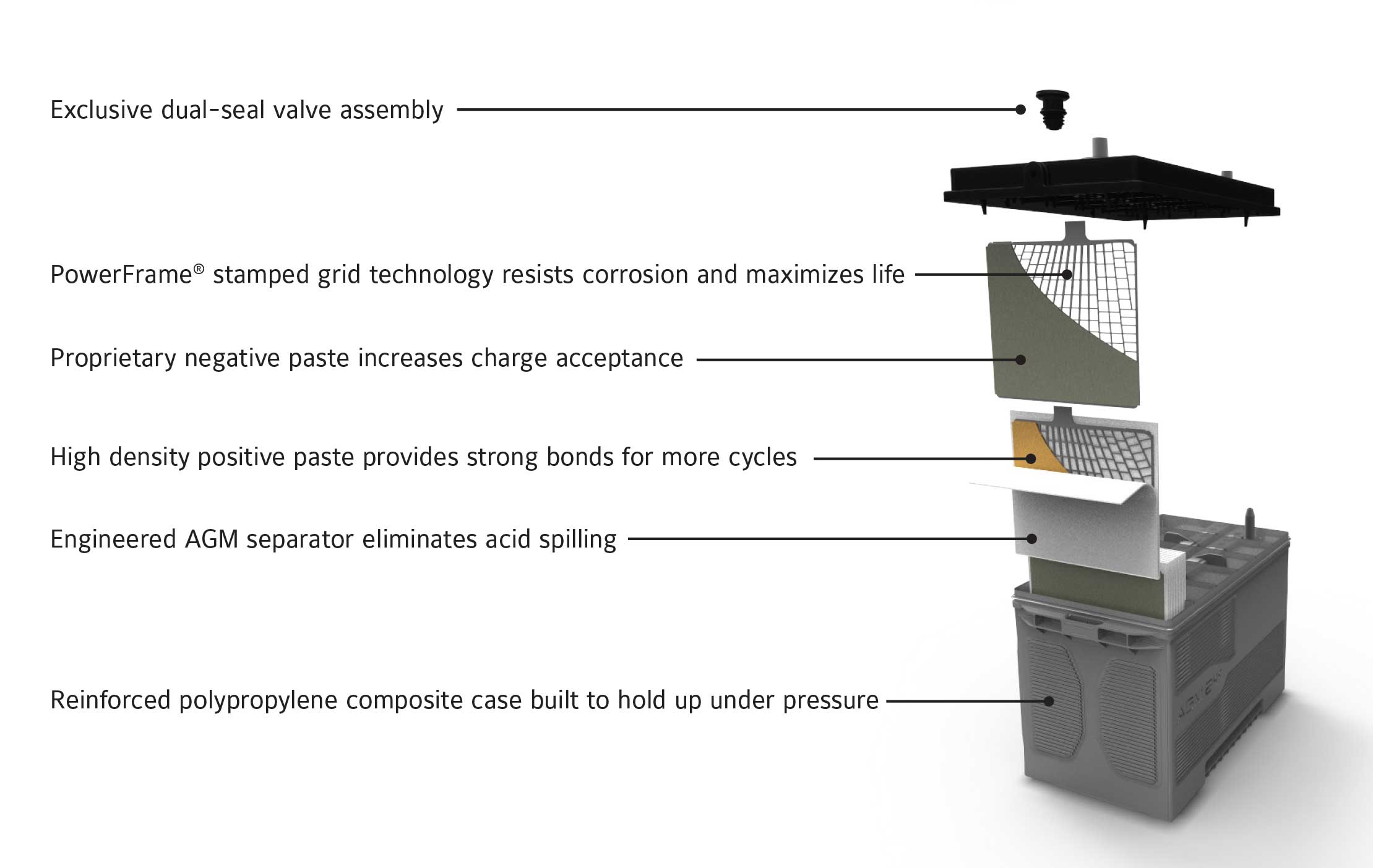

In the case of Procell, it has designed the world’s first dual portfolio of professional batteries to cater to the specific needs of high drain applications as distinctive to the power requirements of low drain variants. Some brands use Industrial D batteries for high drain devices. These cells are used for both high drain and low drain applications.

Primary D-size batteries are large cylindrical disposable cells that are practically used for applications drawing occasional power. The diameter ranges from approximately from 33.0 mm to 34.20 mm. The standard size of a D battery has an approximate length that ranges from 58.0 to 61.50 mm. Lithium, Zinc Carbon, Alkaline, and LiFeS2 have the same nominal voltage of 1.5V. This has higher charge capacity that ranges from 2200 to 12000 mAh while the typical energy ranges from 2.75 to 15 Wh. IEC’s HR20 is the technical name for the NiMH D-size battery. Its typical charge capacity is 2000 – 5500 mAh with an energy capacity of 2.5-6.9 Wh. NiCad D cell is named as KR20 by the IEC. Lithium Iron Disulfide (LiFeS2) also got the names FR20 (IEC) and 13LF (ANSI). Its typical charge capacity ranges from 12000 – 18000 mAh with the typical energy charge of 18-27 Wh, which is greater than the Zinc Carbon variant.

The Alkaline chemistry has its IEC name as LR20 and 13A as its ANSI/NEDA name. Nickel Metal Hydride (NiMH) and Nickel Cadmium (NiCad) are the rechargeable batteries with nominal voltages and other characteristics that are pre-determined by their specific battery chemistry.īATTERY CHEMISTRY AND TECHNICAL DIFFERENCESĪ Zinc Carbon D battery is technically known as R20 based on IEC standard and 13D for ANSI/NEDA name, with 8000 mAh charge capacity and 12 Wh typical energy capacity. Lithium and Alkaline batteries have their rechargeable variants, as in the case of RAMs and Lithium-ion or the rechargeable Lithium. Of these chemistries, Zinc Carbon and LiFeS2 are the only ones that are purely disposable cells. Primary batteries can be either made of Alkaline, Lithium, Zinc Carbon, or Lithium Iron Disulfide (LiFeS2). D batteries are mostly used in high drain applications such as flashlights, automatic odoriser, paper towel dispensers, transmitters, radio receivers, and other devices with extended running time requirement. D cells were originally known as flashlight batteries. The D-size battery is a dry cell that is cylindrical in shape with electrical contacts at both ends. These cells come as both primary batteries and rechargeable types. These are also larger than the C dry cells. D-size or D batteries are quite bigger than the AAA or AA batteries.


 0 kommentar(er)
0 kommentar(er)
